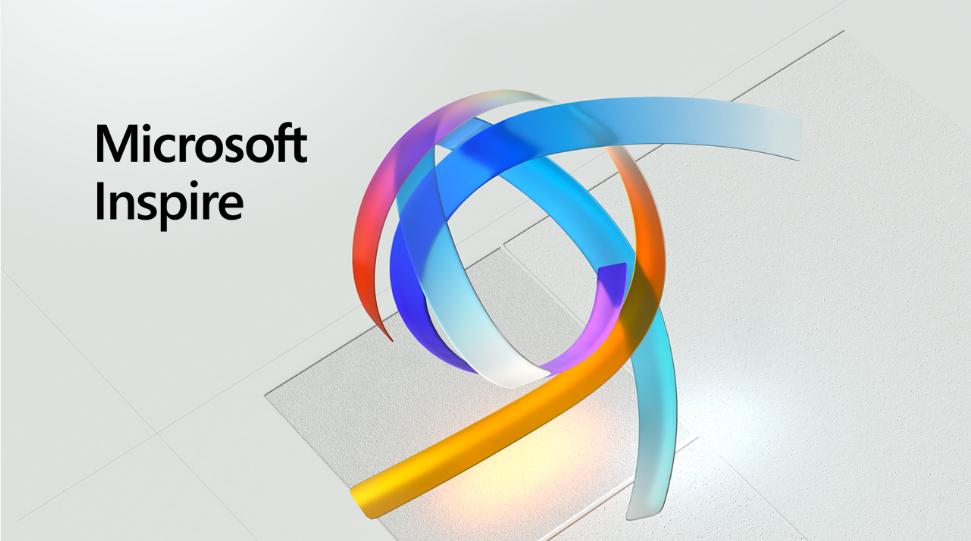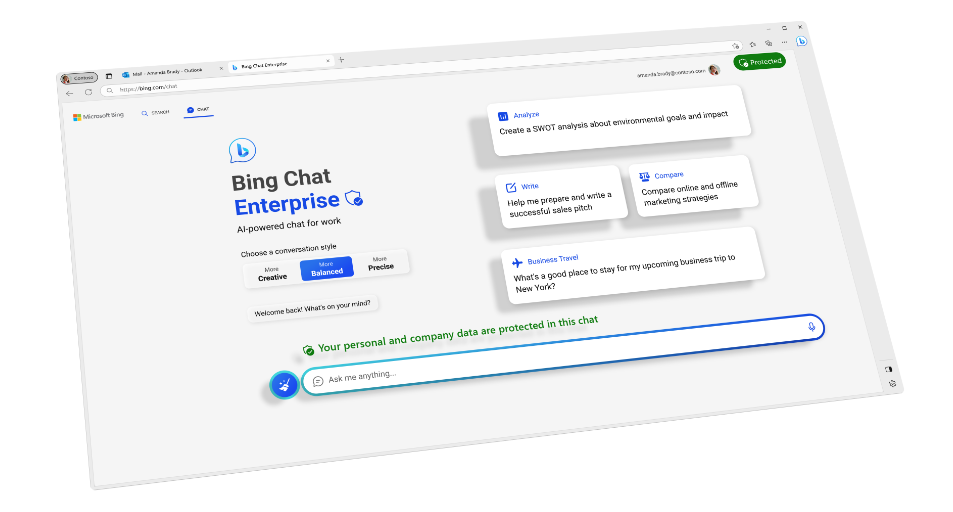Cognitive computing is transforming the way we interact with technology, making it more intuitive and human-like.
In this article, we will break down the definition, explanation, and non-technical applications of cognitive computing.
With real-life examples and a touch of humor 😄, you’ll learn how this amazing technology is impacting our everyday lives.
What is Cognitive Computing?
Cognitive computing is a field of artificial intelligence (AI) that focuses on creating systems that can learn, reason, and interact with humans in a natural way.
By mimicking human thought processes, cognitive computing systems can understand, analyze, and interpret complex information to solve problems and make decisions.
Cognitive Computing Explanation
Cognitive computing systems can process various types of data, including text, images, audio, and video.
They utilize techniques like natural language processing (NLP), machine learning, and data analytics to understand and learn from the data they process.
This ability to learn from experience allows cognitive computing systems to adapt and improve their performance over time. 😮
For example, a cognitive computing system could analyze customer feedback and automatically categorize it based on sentiment, allowing companies to quickly identify areas needing improvement.
How to Implement Cognitive Computing?
Implementing cognitive computing can be broken down into several steps.
Here’s an overview of the process:
- Define the problem: Clearly identify the specific problem or task that you want the cognitive computing system to address. This will help determine the required features and capabilities.
- Gather and preprocess data: Collect relevant data for the problem, such as text, images, audio, or video. Clean, preprocess, and organize the data to ensure it is suitable for processing by the cognitive computing system.
- Choose the right techniques: Select the appropriate AI techniques for the task, such as natural language processing (NLP), machine learning, data analytics, or computer vision.
- Develop the algorithms: Design and implement algorithms that utilize the chosen techniques to enable the cognitive computing system to learn, reason, and make decisions.
- Train the system: Use the preprocessed data to train the cognitive computing system, allowing it to learn from the data and improve its performance.
- Test and evaluate: Test the performance of the cognitive computing system against predefined benchmarks or metrics. Evaluate the results to determine if the system is meeting the desired objectives.
- Fine-tune and optimize: Based on the evaluation results, adjust the system’s algorithms and parameters to further improve its performance.
- Integrate with existing systems: Incorporate the cognitive computing system into your existing infrastructure, ensuring seamless interaction with other systems and processes.
- Monitor and maintain: Continuously monitor the performance of the cognitive computing system to identify any issues or areas for improvement. Update the system’s algorithms and training data as needed to ensure optimal performance.
- Adapt and evolve: As new data becomes available or the problem requirements change, adapt the cognitive computing system to meet these evolving needs, ensuring it remains effective and relevant.
Non-Technical Applications of Cognitive Computing
Cognitive computing has many non-technical applications, making it relevant to a wide range of industries. Here are some examples:
- Healthcare: Cognitive computing can analyze patient data and medical research to assist doctors in diagnosing and treating illnesses more effectively. One example is IBM’s Watson, which has been used to help diagnose and recommend treatment plans for cancer patients.
- Customer Service: By understanding and processing natural language, cognitive computing systems can provide automated customer support, saving time for both customers and support staff.
- Marketing: Cognitive computing can analyze customer data to identify patterns and trends, allowing companies to tailor their marketing strategies more effectively.
- Finance: Cognitive computing can help financial institutions detect fraudulent activities and analyze investment data to make better investment decisions.
- Education: Cognitive computing can create personalized learning experiences by analyzing students’ learning styles, strengths, and weaknesses.
Real-Life Examples of Cognitive Computing
Let’s take a look at some real-life examples of cognitive computing in action:
- IBM Watson: IBM’s Watson is a prime example of cognitive computing. It has been used in a variety of applications, including healthcare, finance, and even cooking. Remember when Watson defeated human champions on the game show Jeopardy!? 🤓
- Google’s DeepMind: DeepMind, a subsidiary of Google, developed AlphaGo, a cognitive computing system that defeated the world champion Go player in 2016. The game of Go is considered highly complex, making this a major milestone in AI.
Challenges in Cognitive Computing
Here’s a list of challenges often faced when implementing cognitive computing systems:
- Data quality and quantity: Obtaining sufficient, accurate, and relevant data is crucial for training cognitive computing systems. Poor quality or insufficient data can negatively impact system performance and accuracy.
- Data privacy and security: Ensuring the privacy and security of sensitive data is a major concern, particularly when dealing with personal or confidential information.
- Integration with existing systems: Integrating cognitive computing systems with existing infrastructure and processes can be complex and time-consuming.
- Computational resources: Cognitive computing systems can require significant computational power, especially during the training phase. This may necessitate investments in high-performance hardware or cloud computing resources.
- Algorithm complexity: Developing and fine-tuning algorithms for cognitive computing can be a complex and challenging task, requiring expertise in AI techniques and programming.
- Interpretability and explainability: Cognitive computing systems can sometimes produce results that are difficult to interpret or explain, making it challenging to understand their decision-making processes.
The Future of Cognitive Computing
Cognitive computing is still an emerging field, and its potential is enormous. As the technology continues to develop, we can expect to see even more innovative applications that will revolutionize industries and improve our daily lives.
So, buckle up and get ready for a smarter, more intuitive world. 🚀
FAQs
Cognitive computing is a subset of AI that focuses on creating systems capable of learning, reasoning, and interacting with humans in a natural way. While AI encompasses a wide range of technologies and techniques, cognitive computing specifically aims to mimic human thought processes and cognitive abilities.
Traditional computing systems follow a set of pre-programmed rules and instructions to process data and perform tasks. In contrast, cognitive computing systems can learn, adapt, and improve their performance over time by analyzing and understanding data, much like the human brain.
No, cognitive computing is broader than machine learning. While machine learning is a key component of cognitive computing, cognitive computing also encompasses other techniques such as natural language processing, data analytics, and computer vision to achieve human-like understanding and decision-making.
Cognitive computing can augment human workers by automating repetitive tasks, analyzing large volumes of data, and providing insights that can improve decision-making. While some jobs may be impacted, cognitive computing is more likely to complement human workers rather than replace them entirely.
No, cognitive computing has a wide range of applications across various industries, including healthcare, finance, marketing, customer service, and education. Its versatility makes it suitable for many different use cases and problem-solving scenarios.
Ensuring the security and privacy of data processed by cognitive computing systems is a top priority. While no system is entirely immune to security threats, cognitive computing systems can be designed with robust security measures in place to protect sensitive information and prevent unauthorized access.
As the technology continues to evolve, we can expect to see more innovative applications of cognitive computing, revolutionizing industries, and improving our daily lives. The future of cognitive computing holds enormous potential for smarter, more intuitive interactions with technology and more effective problem-solving capabilities
Thank you for reading our blog, we hope you found the information provided helpful and informative. We invite you to follow and share this blog with your colleagues and friends if you found it useful.
Share your thoughts and ideas in the comments below. To get in touch with us, please send an email to contactus@bindspacetech.com.
You can also visit our website – Bindspace Technologies


